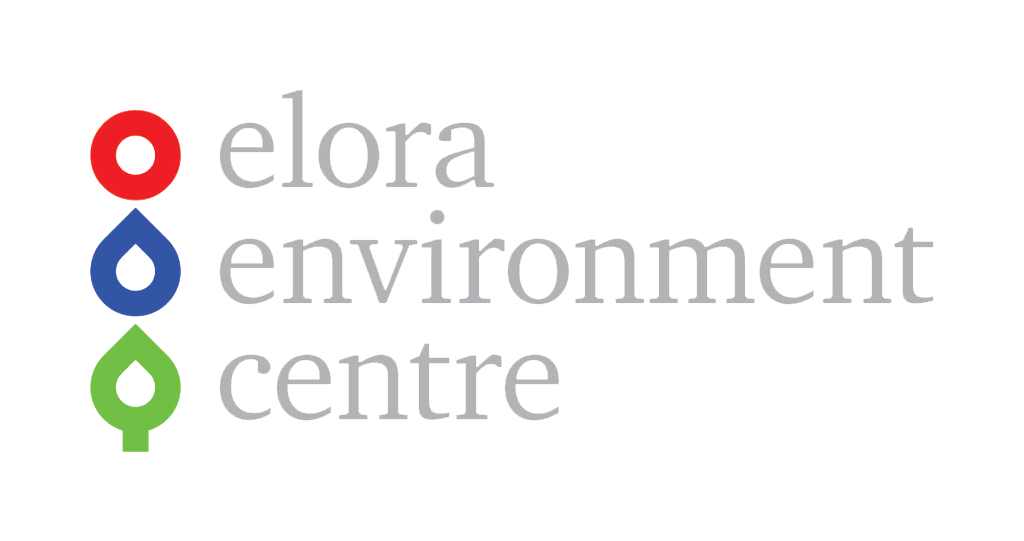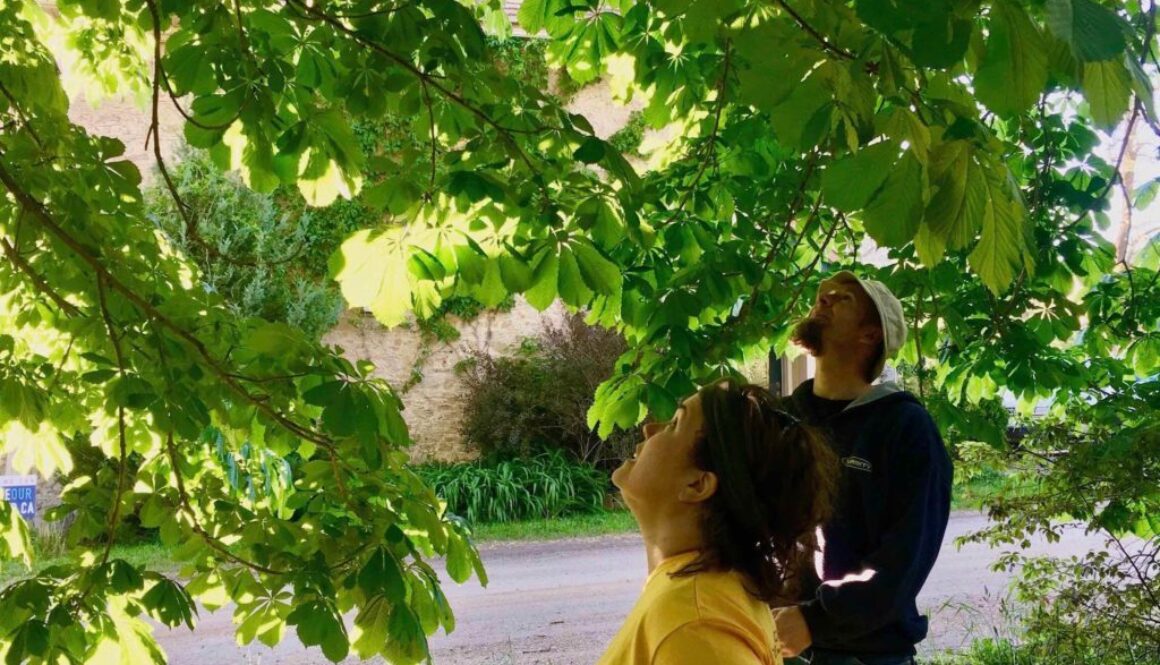Climate Change Think Tank
Currently, community engagement around Climate Change isn’t working. In the spring of 2017, the ECEE will be hosting a Summit: Rebooting Climate Change using a Toolkit of messages and stories generated by an innovative, multi-discipline Think Tank being held in Elora in November.
The Think Tank will produce the content for the Summit. The thesis is that the current engagement around Climate Change isn’t working (for many, many reasons). The Elora Environment Centre, of which I am a co-founder, operating like Canada’s Rocky Mountain Institute, has been innovating and delivering environmental solutions in energy (both residential and institutional, water and trees) and even helped shape the home labelling program which Ottawa ran – ecoEnergy and Energuide for Houses. We also trained most of the teams across Canada and internationally, as well as delivering solutions. Eventually, partly being so
dependent on governments, we decided that what we were doing wasn’t enough and so decided to put significant energy into an initiative that will seriously reboot the climate change dialogue.
We have hired a researcher to further research the status quo and plan to host the first think tank in November of this year. The output aims to be a toolkit to empower a movement for climate change where people are at the centre – up to now, the people have been largely peripheral in the discussion.
We will make the format a variant on typical think tanks, by adding another layer. The layers are:
- The experts – who provide the content – tracks or areas of expertise will be transportation design, policy, behaviour economics (choice architectures for climate action), communities, etc. – we expect 5-7 experts in total and are finalizing the topic theme areas
- A panel of creatives – who will act as “listeners” to the dialogue with the experts and some select attendees and will “package” this into the deliverable – specifically this team will have:
- A branding person – we have an award winning creative director
- A storyteller – we have a former CBC journalist who is kickass and has been a speechwriter
- A Behavioural Economist (overlap from previous layer) who will ensure we package into proper choice architectures
- Design Thinking Expert – who will work on the end customer design part of the package

